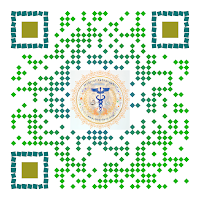Among
symptomatic patients with medically treated moderate-to-severe aortic stenosis,
mortality from the onset of symptoms is approximately 25% at 1 year and 50% at
2 years. Symptoms of aortic stenosis usually develop gradually after an
asymptomatic latent period of 10-20 years.
Systolic
hypertension can coexist with aortic stenosis. The carotid arterial pulse
typically has a delayed and plateaued peak, decreased amplitude, and gradual
downslope (pulsus parvus et tardus).
Other
symptoms of aortic stenosis include the following:
- Pulsus alternans: Can occur in the presence of left ventricular systolic dysfunction
- Hyperdynamic left ventricle: Unusual; suggests concomitant aortic regurgitation or mitral regurgitation
- Soft or normal S1
- Diminished or absent A2: The presence of a normal or accentuated A2 speaks against the existence of severe aortic stenosis
- Paradoxical splitting of the S2: Resulting from late closure of the aortic valve with delayed A2
- Accentuated P2: In the presence of secondary pulmonary hypertension
- Ejection click: Common in children and young adults with congenital aortic stenosis and mobile valve leaflets
- Prominent S4: Resulting from forceful atrial contraction into a hypertrophied left ventricle
- Systolic
murmur: The classic crescendo-decrescendo systolic murmur of aortic stenosis
begins shortly after the first heart sound; the intensity increases toward mid
systole and then decreases, with the murmur ending just before the second heart
sound.


















